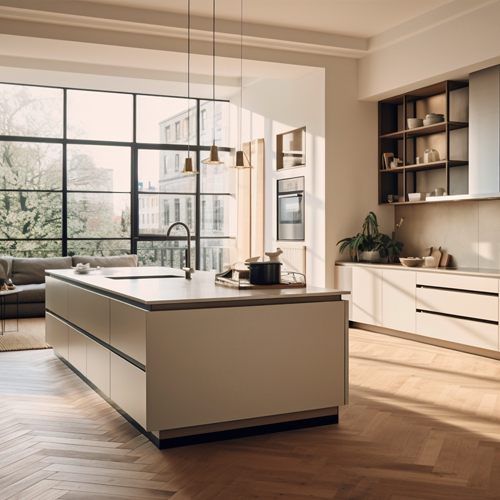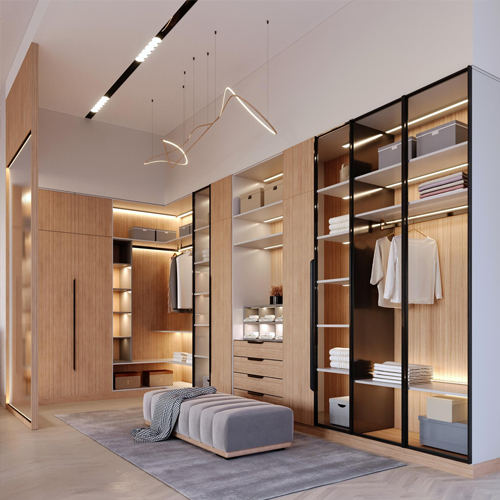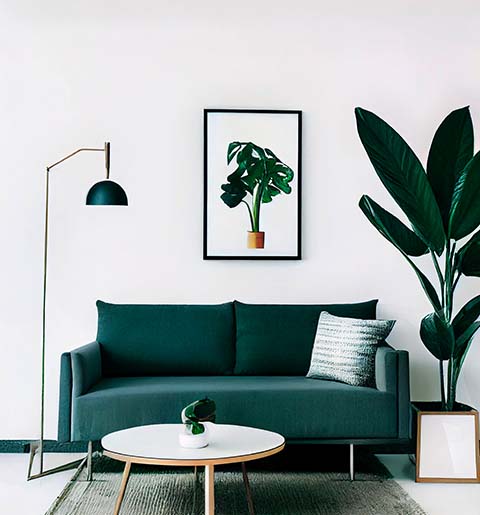Choosing the Right Wardrobe Door Style for Your Space: Functionality Meets Flair
Your wardrobe is more than just a storage unit; it’s a reflection of your style and a key player in your bedroom’s overall aesthetic. But beyond the internal organization, the door style significantly impacts functionality, space utilization, and the visual appeal of your room. So, when it comes to choosing wardrobe doors, it’s important to consider a blend of form and function.
Understanding Your Space:
Before diving into specific styles, take a good look at your bedroom’s layout and dimensions. Here are some key factors to consider:
- Available Space: Hinged doors require clearance for opening, so ensure there’s enough room in front of the wardrobe for them to swing freely. Sliding doors, on the other hand, operate on tracks and require minimal clearance, making them ideal for smaller spaces.
- Traffic Flow: Consider the general flow of movement within your bedroom. If the space is tight, sliding doors can prevent you from bumping into them when open.
- Overall Design: Match the door style to your bedroom’s existing décor. Modern and minimalist spaces often favor sleek sliding doors, while classic or traditional styles can benefit from the elegance of hinged doors.
Exploring Wardrobe Door Options:
Now, let’s delve into the most popular wardrobe door styles, highlighting their pros and cons to help you choose the perfect fit:
- Hinged Doors:
A classic and versatile option, hinged doors offer full access to the wardrobe interior. They come in a wide variety of materials, styles, and finishes to suit any taste.
Pros:
- Full access: Hinged doors provide a complete view and easy access to the entire wardrobe interior, making it easier to find what you need.
- Versatility: They come in various materials (wood, laminate, glass) and styles (panelled, shaker, louvered) to complement any décor.
- Sturdy and secure: Hinged doors are generally more robust and secure than other options.
Cons:
- Space requirement: They require clearance for opening, which might not be ideal for smaller bedrooms.
- Limited customization: While offering some personalization options, they may have limitations compared to sliding doors.
Sliding Doors:
A modern and space-saving solution, sliding doors glide on tracks, eliminating the need for clearance in front of the wardrobe. This makes them ideal for maximizing space utilization in smaller bedrooms.
Pros:
- Space-saving: Sliding doors require minimal clearance, making them perfect for compact spaces.
- Clean lines: They create a sleek and modern aesthetic, perfect for contemporary design styles.
- Customization potential: Sliding doors offer a wider range of customization options, including mirrored panels, frosted glass, or even full-blown graphic designs.
Cons:
- Limited access: Sliding doors only reveal half the wardrobe at a time, which might require some maneuvering to access specific items.
- Slight sound issue: The sliding mechanism might create a slight noise when opening and closing.
Bi-Folding Doors:
A space-saving alternative to hinged doors, bi-folding doors consist of two or more panels that fold in half when opened. They offer a unique aesthetic and can be a good compromise when space is limited.
Pros:
- Space-efficient: Bi-folding doors require less clearance than hinged doors, making them suitable for smaller spaces.
- Interesting design element: They add a touch of personality and visual interest to the bedroom.
Cons:
- Limited access: Similar to sliding doors, access to the entire wardrobe might be slightly restricted.
- Durability concerns: Depending on the material and hardware, bi-folding doors might not be as sturdy as hinged doors.
Mirrored Doors:
A great way to add light, create a sense of spaciousness, and enhance functionality, mirrored doors can be incorporated into any of the mentioned styles.
Pros:
- Light and space: Mirrors reflect light, making the room feel brighter and more spacious.
- Functionality: You can check your outfit without needing an additional full-length mirror.
Cons:
- Maintenance: Mirrors require regular cleaning to maintain their shine.
- Fingerprint issue: Depending on usage, fingerprints might show easily on mirrored surfaces.
Additional Considerations:
- Material: Wood, laminate, glass, or a combination – choose a material that complements your existing furniture and décor.
- Finish: Explore painted, stained, or high-gloss finishes to personalize the look and feel of your wardrobe doors.
- Hardware: Quality handles and knobs add a touch of style and ensure smooth operation.
For two decades, Pathways Creative has been on a mission to transform spaces and enrich lives. Since 2000, we’ve left our mark across 13 cities in Northern India, crafting environments that inspire and endure. We’re not just builders; we’re innovators who push boundaries and embrace the latest trends.



